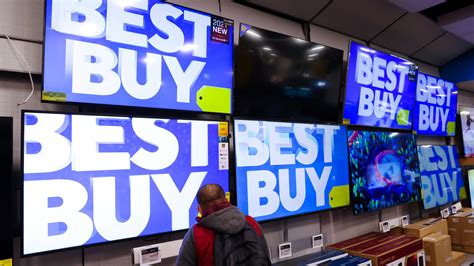Smart EDC: Essential gear for peak readiness?
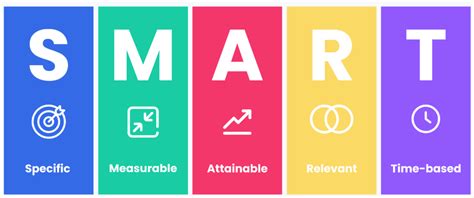
The Evolution of Everyday Carry: From Basic Tools to Smart Systems
For decades, Everyday Carry (EDC) has been a philosophy centered on personal preparedness – ensuring you have essential tools within reach to handle daily challenges or unexpected emergencies. Traditionally, an EDC might include a knife, a flashlight, a pen, and a wallet. However, as technology permeates every aspect of our lives, the very definition of “essential gear” is rapidly evolving. We now stand at the precipice of a new era: Smart EDC. But the crucial question remains: Is Smart EDC merely a collection of high-tech gadgets, or is it genuinely essential for peak readiness in today’s complex world?
Smart EDC takes the foundational principles of traditional carry and injects modern technology, aiming to enhance capabilities in communication, navigation, information access, and personal security. It’s about optimizing your readiness through intelligent integration, transforming your pocket essentials into a connected and highly capable personal support system.
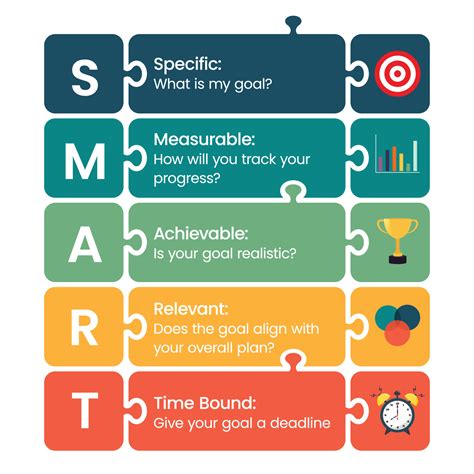
Integrating Technology: The Core of Smart EDC
At its heart, a Smart EDC is defined by the strategic incorporation of technological elements. This isn’t just about carrying a smartphone, but about how that device, and others, synergize with your traditional gear. Key components often include:
- Advanced Communication & Information: Your smartphone acts as a central hub, providing access to emergency contacts, digital documents, navigation apps, and real-time information. Smartwatches can offer discreet notifications, health monitoring, and even contactless payments.
- Portable Power Solutions: Given the reliance on electronics, a robust power bank or solar charger becomes a critical part of the carry, ensuring your devices remain operational when you need them most.
- Smart Navigation & Tracking: Beyond standard GPS, smart mapping apps with offline capabilities, personal tracking devices, and even compact drone technology can offer superior situational awareness and rescue potential.
- Digital Security & Access: This includes digital wallets, encrypted communication apps, and potentially even smart lock integration for home or vehicle access.
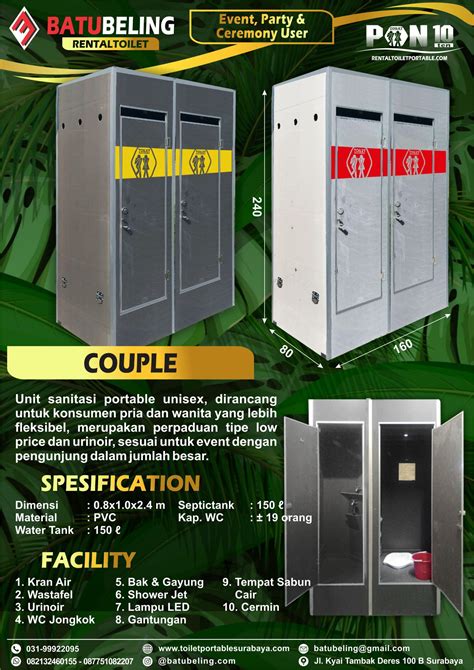
Beyond Gadgets: Smart Info and Security for Enhanced Capability
While gadgets are visible, the true power of Smart EDC often lies in the invisible — the information and security layers it provides. Imagine having digital copies of all your critical documents (ID, insurance, medical records) securely stored and accessible, or a first-aid app that guides you through an emergency. Furthermore, smart tools can offer proactive security, like motion-sensing cameras or personal alarms integrated into your carry.
However, the blend of traditional and modern is crucial. A smart EDC doesn’t replace a sturdy knife or a reliable flashlight; it augments them. A high-lumen flashlight might integrate with your phone for remote control or battery status, but its core function remains manual. The goal is a seamless ecosystem where each piece, analog or digital, contributes to overall preparedness.
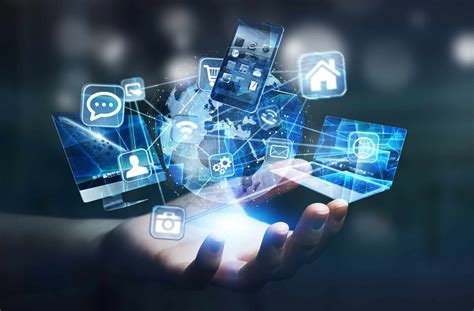
The Edge and the Edge Cases: Pros and Cons of Going Smart
The Advantages:
- Enhanced Information Access: Immediate access to maps, weather, news, and critical data.
- Improved Communication: Faster, more versatile ways to connect in emergencies.
- Greater Situational Awareness: From real-time traffic to discreet health monitoring.
- Streamlined Efficiency: Digital payments, document storage, and task management.
- Potential for Automation: Smart routines triggered by location or time.
The Disadvantages & Considerations:
- Battery Dependence: All smart devices require power, making power banks and efficient charging paramount.
- Digital Vulnerabilities: Risk of hacking, data loss, or system failures.
- Over-reliance: The potential to neglect basic analog skills in favor of tech solutions.
- Cost: High-quality smart gear can be significantly more expensive.
- Complexity: More devices can mean more points of failure or a steeper learning curve.

Building Your Personalized Smart EDC for True Readiness
Ultimately, whether Smart EDC is essential for peak readiness depends on your individual needs, environment, and lifestyle. For urban professionals, robust connectivity and digital access might be paramount. For outdoor enthusiasts, reliable navigation and durable power solutions take precedence. The key is not to simply accumulate gadgets, but to thoughtfully curate a system that enhances your existing capabilities without creating new vulnerabilities.
Start by assessing your daily challenges and potential emergencies. What information do you frequently need? What communication tools are vital? How can technology reliably support your existing preparedness efforts? A truly smart EDC is one that is tailored, balanced, and reliable, offering a synergistic blend of the best that both traditional gear and modern technology have to offer.

Conclusion: Smart EDC – A Strategic Advantage, Not Just an Upgrade
Smart EDC is more than just an upgrade; it’s a strategic evolution of personal preparedness. While traditional EDC fundamentals remain timeless, the intelligent integration of technology offers unparalleled advantages in information access, communication, and situational awareness. It is not an essential replacement for foundational skills or reliable analog tools, but rather a powerful amplifier. For those who seek to optimize their readiness in a rapidly advancing world, a thoughtfully constructed Smart EDC can indeed be an indispensable asset, equipping them not just for daily life, but for the unexpected challenges that define the modern era.




